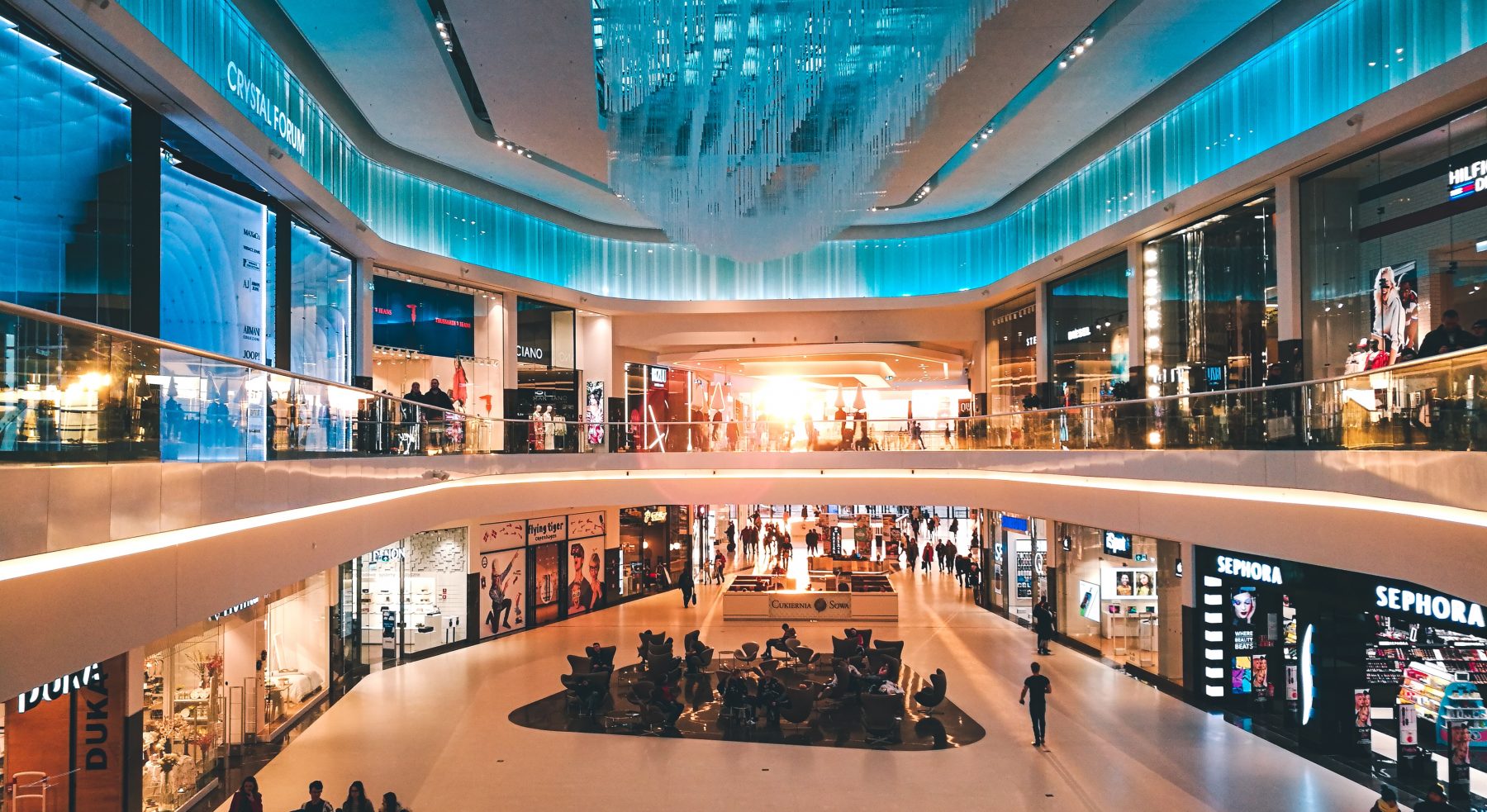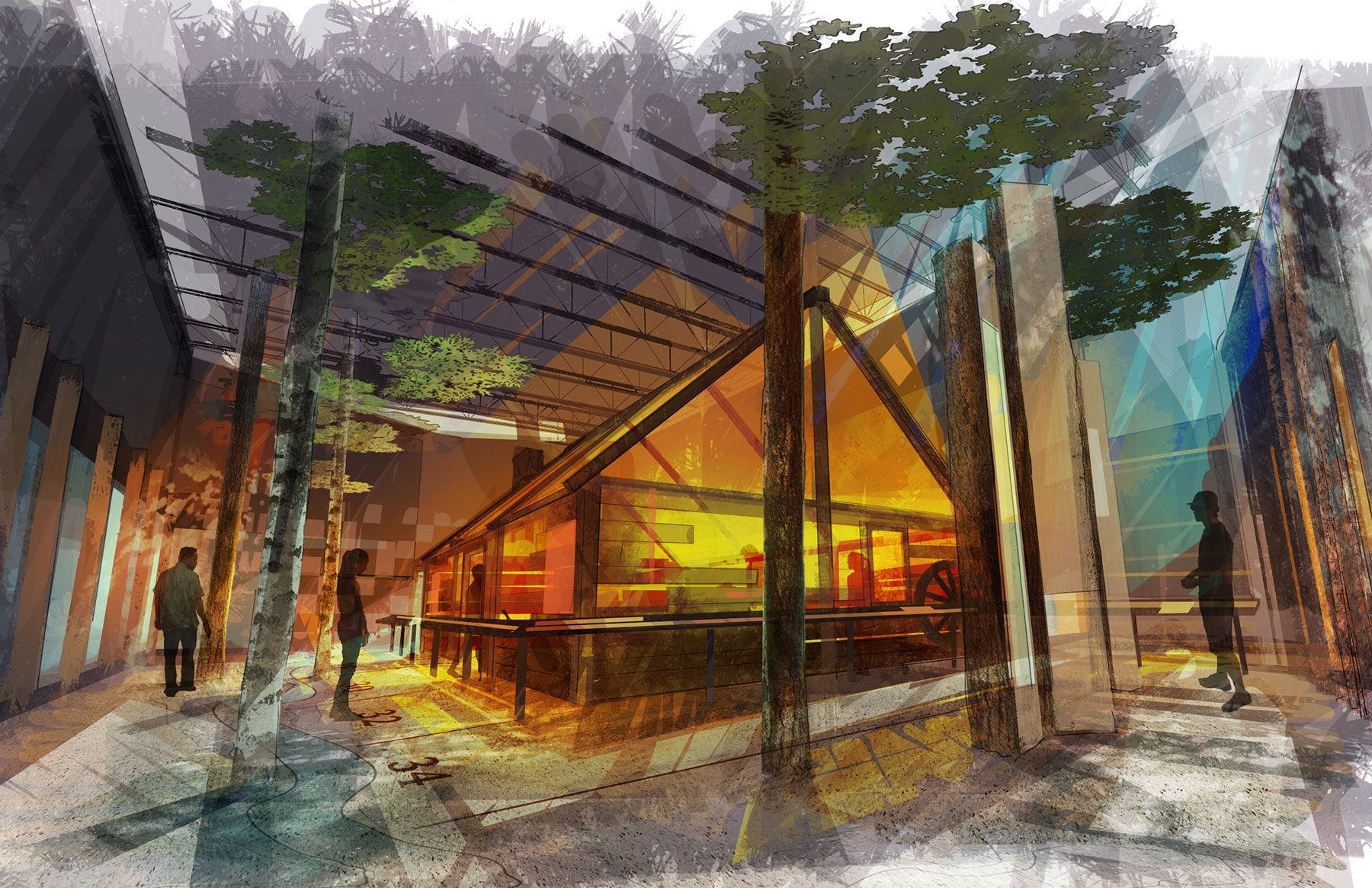Building Retail Experiences: How Developers Are Meeting Today’s Most Prominent Demand
As a specialty construction and program manager that helps developers and owners bring new retail experiences to life, nFusion has identified three key insights into how today's developers and owners can successfully build experience-driven retail projects that meet the demands of today’s consumers.
A renaissance is underway in the retail sector.
Retail brands, driven by experiences, have created buzz with innovative concepts emerging over the past several years. Now, the numbers are confirming that these retail experiences are more than simply novel trends.
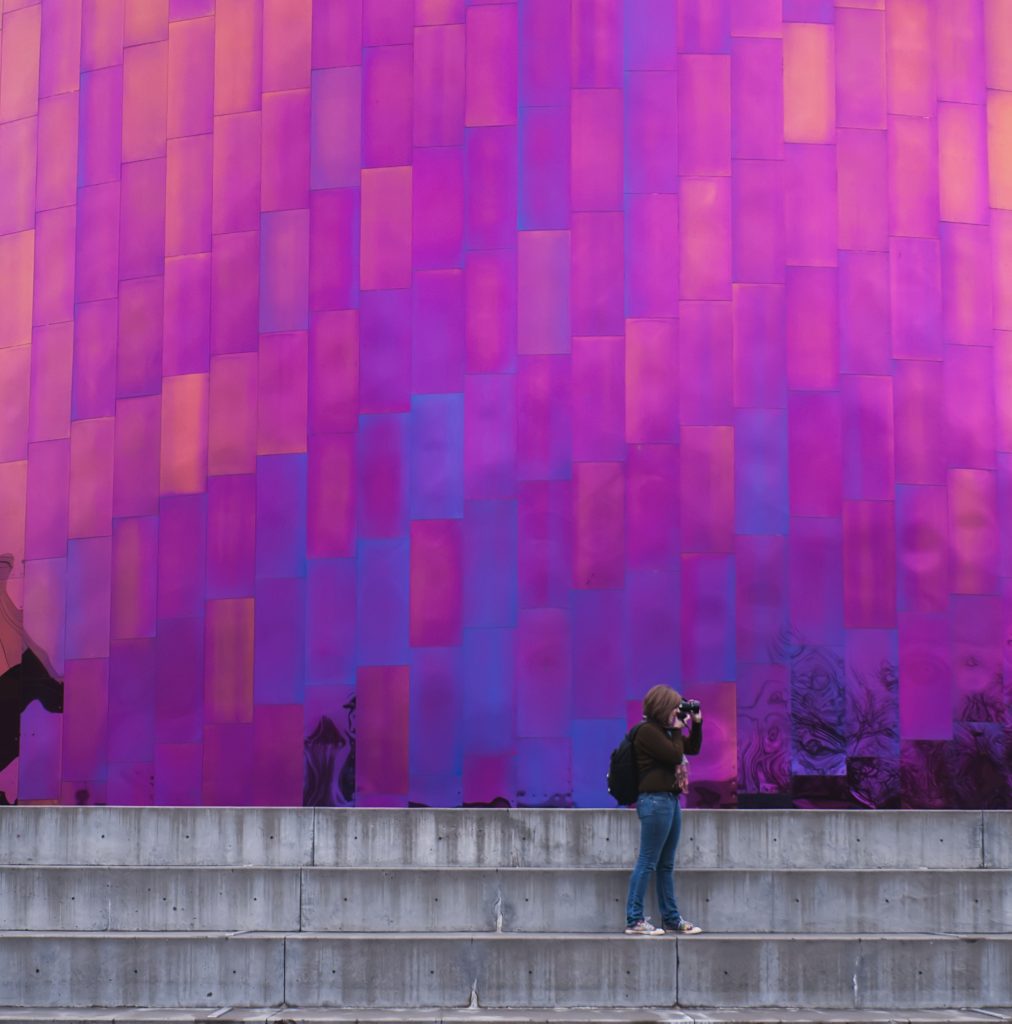
For example, according to a recent report from Forrester and Adobe, ‘experience-driven brands’ are reporting an average growth rate of 19% a year, compared to 13% for other types of retailers. The same study found that retail experiences are driving repeat purchase rates up to nearly twice those of traditional retail.
As these results continue to prove the efficacy of experience-driven retail, developers and owners of retail centers are recognizing that constructing with experience in mind and adding entertainment tenants to existing centers can attract significantly more foot traffic—and bolster business for all tenants.

That said, constructing experience-driven retail environments comes with many unique hurdles to navigate, including demand, timing, space, and other logistical constraints. As a result, many of today’s retail owners are seeking guidance on how to cost effectively bring retail experiences to fruition in their centers.
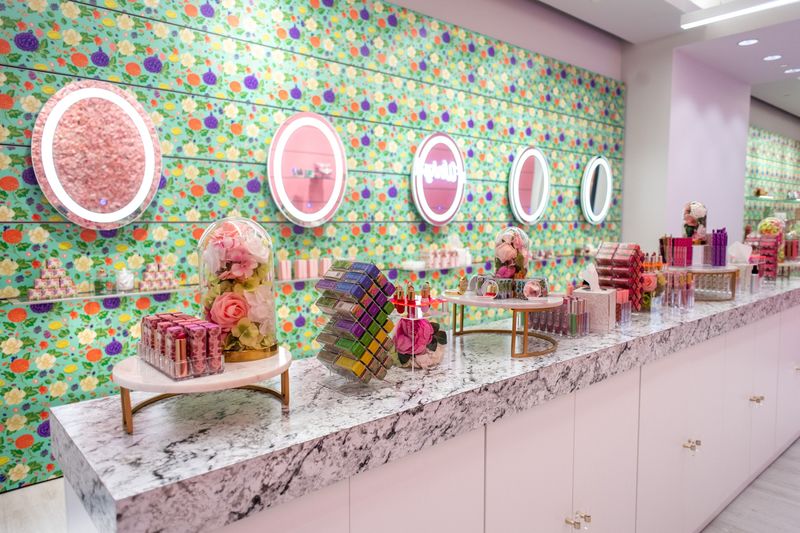
As a specialty construction and program manager that helps developers and owners bring new retail experiences to life, nFusion has identified three key insights into how today’s developers and owners can successfully build experience-driven retail projects that meet the demands of today’s consumers:
#1 Identify and Understand Demand Drivers
The first step in planning and managing the development of experiential retail is the same as any retail undertaking: a thorough understanding of customer demand drivers.
According to recent statistics, Millennials in particular spend far less money on luxury products than previous generations of consumers. In fact, more than three quarters of Millennials would prefer to spend money on experiences than things.

This is a strong departure from their predecessors, and a major reason for the shift to retail experiences. The massive Millennial generation now ranges from their mid-20s to near-40, and many now have families with young children, making them an essential demographic for retail owners and developers to consider.
That said, Gen Z, the first generation of consumers who do not remember a time before smart phones and social media, is quickly becoming a powerful demographic on their own. A recent report from IBM revealed that 98% of Gen Z shoppers prefer to shop in a physical store some or most of the time.
This is good news for retail owners and developers, especially those at the forefront of experience-driven retail offerings.

Factors driving demand for retail experiences at all ages include the ease and prevalence of online shopping, shifting values as a result of the Great Recession, and an increase in entertainment choices (music, movies, books, games, and television shows) on mobile devices.
All of the above have whetted consumers’ appetite for something that means more than goods: experiences, and the memories and bragging rights that come with them—not to mention the “Instagram-worthiness.”
Examples of today’s experiential trends include full-body virtual reality concepts like The VOID, which offers complete experiences engaging all five senses; interactive art experiences like Meow Wolf; and edutainment concepts like KidZania, where children enter a miniature ‘city’ with its own currency and economy. All of these concepts are quickly growing in popularity.

Additionally, experiences are being used to market and sell products on site, with brands utilizing unique installations and interactive technologies within pop-ups and existing shops. These are often implemented in conjunction with a new product launch or milestone.
These exciting and immersive experiences can draw in shoppers and families and serve as accessible, convenient, and cost-effective forms of entertainment that can’t be found at home. Today’s retail experiences can also serve as mini staycations that allow consumers from all walks of life to escape from the everyday for a little while.
#2 Determine the Right Experiences for a Specific Center
The next step in building retail experiences is identifying which experiences consumers are craving. What will pull them away from their devices and bring them into the retail environment?
As more retail owners embrace experiential tenants and as at-home entertainment technologies improve, unique and competitive experiences perfectly tailored to consumer demands is critical.
These experiences require high capital costs to develop, so retail owners often want these tenants in place and generating revenue quickly. That said, concepts and scope should take time to be developed and evaluated.
For example, the appeal of The VOID can be partially attributed to its top-tier intellectual property themes, like Star Wars and Disney, which hold universal appeal with fans of all ages. However, not all virtual reality endeavors can secure and afford these big-name partnerships.

In these cases, an alternative element that offers a unique and localized appeal must be identified. Simply offering a generic VR experience is likely not enough to drive sustained traffic, however a concept that is popular on a local level may well succeed.
That said, sometimes an idea looks great on paper but is simply not the right experience for a particular location.
For instance, in 2018, the NFL Experience in Times Square—a 40,000 square-foot attraction featuring a 4-D roller-coaster theater—announced that it was closing its doors just 10 months after opening due to lackluster attendance.
Despite a major IP partnership and a prime location with some of the highest foot traffic in the country, the experience was not the right fit for a place where most people passing through are looking for the New York tourist experience and more established destinations.
Retail owners and tenants must also determine how to strategically combat or work within the peaks and valleys of foot traffic that retail centers experience on a daily, weekly, and seasonal basis.
The key takeaway is clear: today’s retail developers and owners must ensure that a comprehensive evaluation of local demographics, economics, and consumer demand is conducted, either themselves or by a third party. Many retail stakeholders are finding that working with a seasoned program management team like nFusion helps guide them to the right fit for retail experiences in their centers.
#3 Create a Clear Pathway to Success
Once retail owners and developers have navigated the foreseeable demographic and demand variables in incorporating experiential retail into their developments, they must move on to creating a roadmap that will lead to a successful project.
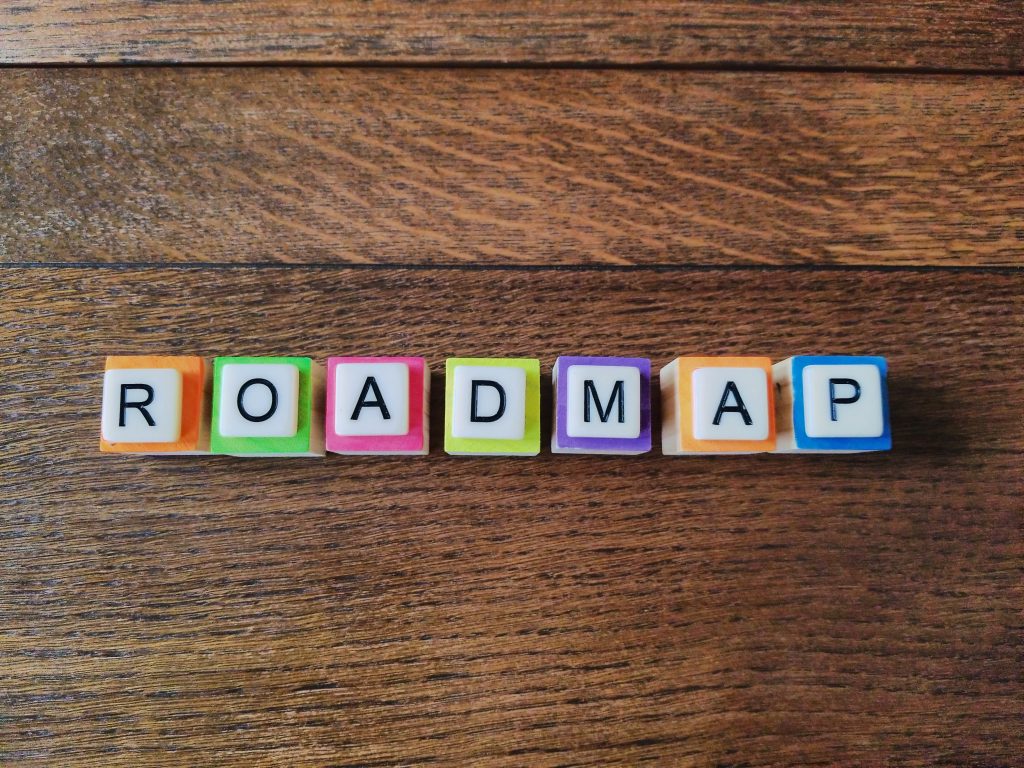
This tool takes into account the realities of developing a project in capacity-constrained areas, such as older regional malls being repositioned as modern experiential centers.
Developers must factor in height and noise restrictions, additional utilities, and many other variables that they might not have needed to consider with more traditional tenants and centers.
At nFusion, we take property owners and developers through a Four-Gate process to help address the realities of their center and strategically guide their experiential retail projects to success.
This involves asking—and answering—the following questions at critical points in the development or redevelopment process:
• Is it feasible? Does the concept align with the economics?
• Is it deliverable? Does the plan fit within the scope of the location and budget?
• Is it buildable? Is the design aligned with the necessary planning to implement the build?
• Is it operable? Is the project completely integrated and ready to open?
This process allows owners and tenants to consider and address each step in the development or implementation of a new experiential retail project to ensure the project remains on course.
With increasing consumer demand for entertainment-based retail experiences, retail stakeholders are realizing the value in carefully planning and managing the development and construction of these experiential uses. By taking steps to understand customer demand drivers, identifying the experiences consumers want, finding the right retail experiences for each center, then creating and following a roadmap to success, todays’ retail owners and developers are making the best use of their capital investment, and developing experiences that will stimulate foot traffic and guest satisfaction far into the future.
• Banner Photo by Marcin Kempa on Unsplash
• Hot Pink Experience Photo by Scott Webb on Unsplash
• Shopper Photo by freestocks.org on Unsplash
• Millennials Photo by Julián Gentilezza on Unsplash
• Gen Z Photo Photo by Wyron A on Unsplash
• The Void Photo courtesy The Void
• Meow Wolf Photo by Lisa Jey Schanley on Instagram
